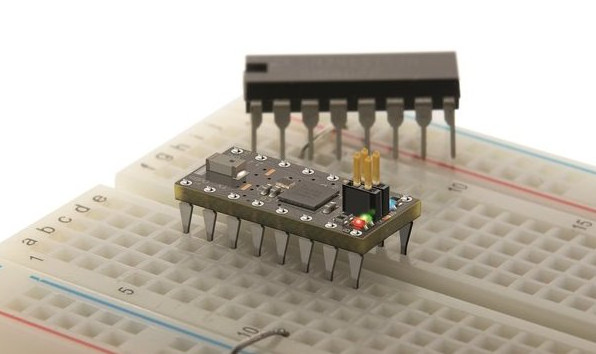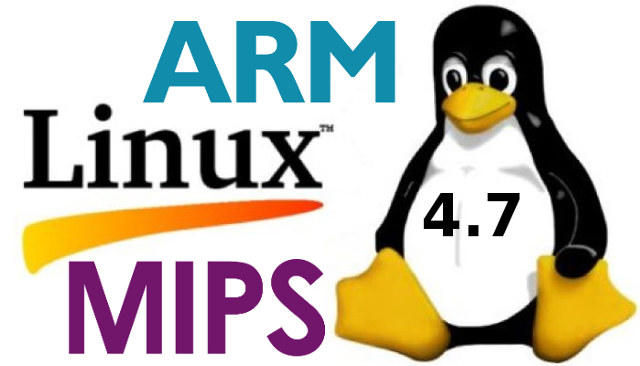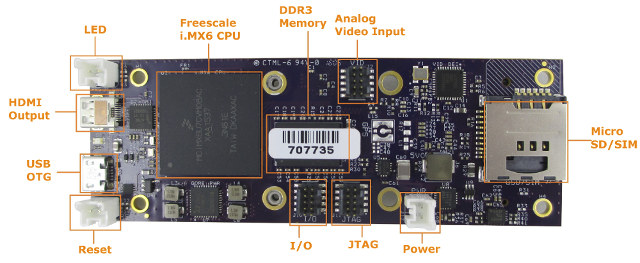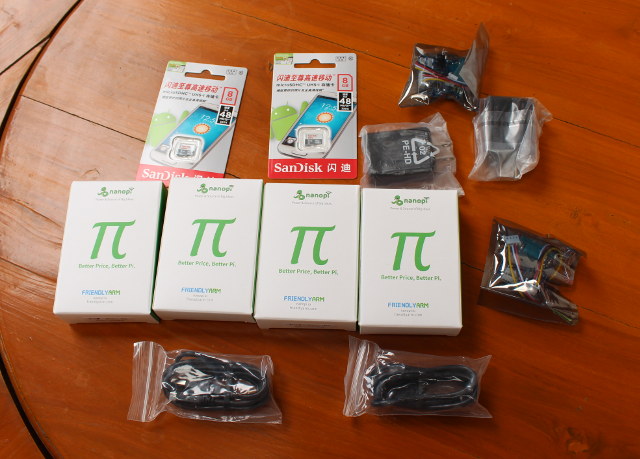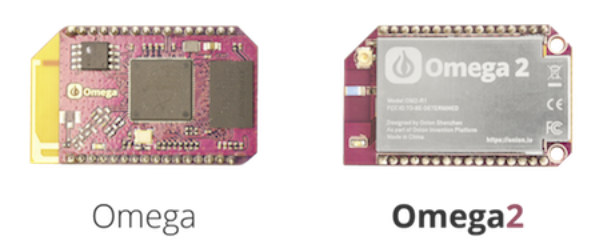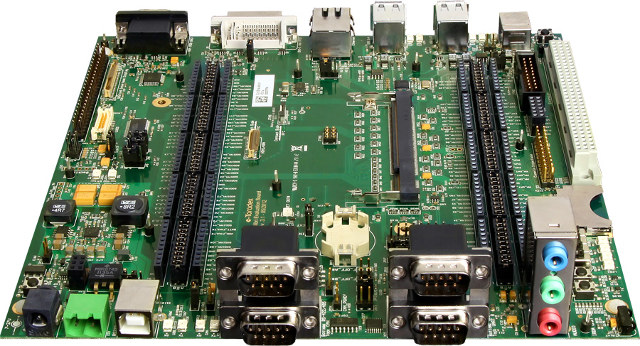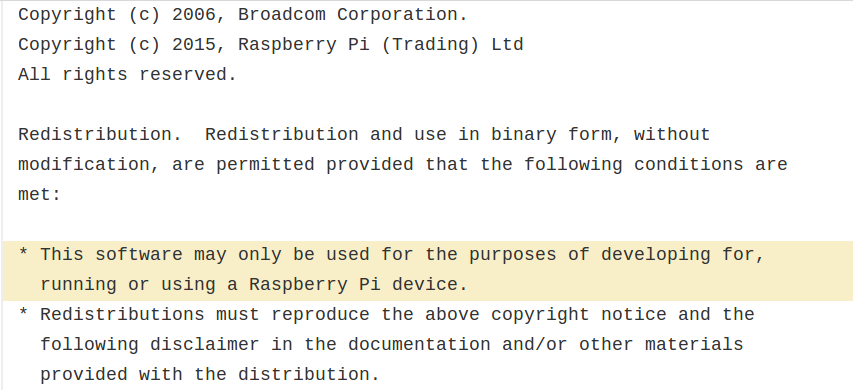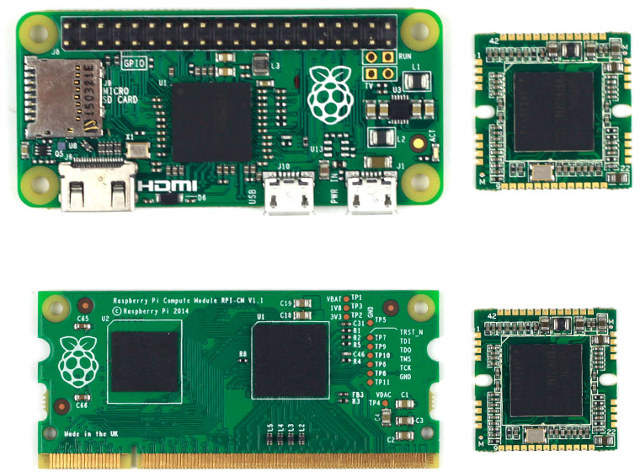OSHCHIP is a tiny development board powered by a Nordic Semi ARM Cortex-M0 Bluetooth LE / ANT SoC that neatly fits on a breadboard, and beside wireless connectivity thanks to its 2.4 GHz radio, also provides up to 14 I/Os to interface with external hardware. OSHCHIP specifications: Nordic Semi nRF51822 ARM Cortex-M0 MCU @ 16 MHz with 256KB Flash Memory, 32KB SRAM Radio – 2.4 GHz Radio with support for 4 protocols: Bluetooth Low Energy (BLE) / Bluetooth Smart, Gazell, ESB (Enhanced Shock Burst), and optionally ANT Antenna – Built-in antenna, range is 10 to 20 feet, depending on environment (metal, desks, chairs, …) Expansion – 14 general purpose I/O pins. All peripherals (except the ADC) can use any I/O pin: UART, 10-bit ADC, Counter/Timers, SPI, I2C Security – AES Encryption, Random Number Generator. Misc – Temperature sensor, RTC, Watchdog Timer Quadrature Decoder, 3 LEDs, Power Supply – 1.8V to 3.6V […]
Linux 4.7 Release – Main Changes, ARM and MIPS Architectures
Linux 4.7 is out: So, after a slight delay due to my travels, I’m back, and 4.7 is out. Despite it being two weeks since rc7, the final patch wasn’t all that big, and much of it is trivial one- and few-liners. There’s a couple of network drivers that got a bit more loving. Appended is the shortlog since rc7 for people who care: it’s fairly spread out, with networking and some intel Kabylake GPU fixes being the most noticeable ones. But there’s random small noise spread all over. And obviously, this means that the merge window for 4.8 is open.Judging by the linux-next contents, that’s going to be a bigger release than the current one (4.7 really was fairly calm, I blame at least partly summer in the northern hemisphere). Linus Linux 4.6 brought USB 3.1 superspeed, OrangeFS distributed file system, 802.1AE MAC-level encryption (MACsec), and BATMAN V protocol support, improved […]
Gateworks Ventana GW5530 SBC is Designed for Drones, Robots, and Digital Signage
Gateworks Ventana is a family of boards based on NXP i.MX6 processor designed for embedded applications, and often include one or more mini PCIe ports for expansion. Their latest single board computer – Ventana GW5530 – is powered by an NXP i.MX 6Dual processor coupled with 512MB RAM, 256MB storage, a mini PCIe port, a micro SD / SIM card slot, micro HDMI output, and some I/Os. Ventana GW5530 specifications: SoC – NXP i.MX6 Dual Core ARM Cortex-A9 processor @ 800MHz with Vivante 2D and 3D GPUs System Memory – 512MB DDR3 (Up to 2GB as option) Storage – 256MB flash (Up to 2GB as option), micro SD/SIM card slot, serial configuration EEPROM Video & Audio Output – micro HDMI 1.4 port Connectivity – Optional u-blox EVA-M8M GPS Receiver with MMCX or u.FL Antenna Connector USB – 1x micro USB 2.0 OTG Port Sensors – 9-axis inertial module (accelerometer/gyro/magnetometer) Expansion […]
Getting Started with NanoPi NEO Development Board – Ubuntu Core Firmware
NanoPi NEO is an exciting ARM Linux board due to the power it packs into its small size, and its low price starting at $7.99. It’s made by FriendlyARM, and since I’ve read some people had never heard about the company before, I’d like to point out it has been providing development boards well before the Raspberry Pi board was launched, with products such mini2440 based on a Samsung ARM9 processor introduced around year 2010. Anyway, I asked the company if they were willing to send 2 samples for review, as I plan to remove the USB & Ethernet port on one of them. Instead I got a 4 boards and accessories, so I’m going to start reviewing the board by writing a quick start guide, showing how to setup it, and check out the Ubuntu core provided by the company. If you are a fan of armbian made Debian […]
Onion Omega2 is a $5 Linux WiFi IoT Board (Crowdfunding)
Onion Omega board was first introduced in 2015. The tiny OpenWrt Linux board featured an Atheros AR9331 processor with GPIO headers, and various baseboards and add-ons. The company has now launched a Kickstarter campaign for the second versions – Omega2 & Omega2 Plus – with a faster processor @ 580 MHz, compatible with docks and add-ons boards used for Omega, and a much lower price with $5 for the Omega2, and $9 for Omega2 Plus with more storage and memory. Omega2 & Omega2 Plus specifications: WiSoC – 580 MHz processor, possibly Mediatek MT7688 MIPS processor used in LinkIt Smart 7688 System Memory Omega2 – 64MB Omega2 Plus – 128MB Storage Omage2 – 16MB flash Omega 2 Plus – 32MB flash + micro SD slot Connectivity Built-in – 802.11 b/g/n WiFi with on-board and external antenna support Via add-on boards – Bluetooth 4.0 LE, GPS, and 2G/3G Expansion – 15x GPIO, […]
Setting a VoIP SIP user agent with Embedded Linux
This is a guest post by Leonardo Graboski Veiga, working for Toradex. Introduction This article’s main goals are: to cross-compile the PJSIP libraries and the PJSUA API reference implementation; deploy it to the target system; give an overview about the SIP protocol; and explore the reference implementation features, regarding audio only. For this purpose, a Computer on Module (CoM) from Toradex was chosen in the following configuration: Colibri iMX6DL* + Colibri Evaluation Board. The evaluation board and CoM are displayed in Figures 1 and 2, respectively. VOIP or Voice over IP, is a term designed to refer to a set of methods and technologies targeted for the implementation of telephony services over the Internet. For the purpose of this article, the scope will be limited to the use of a reference implementation built upon the SIP communication handling protocol by means of the PJSIP libraries and PJSUA2 API. If […]
Raspberry Pi Bootloader License Precludes it to Run on Competing Broadcom BCM283x Boards
Yesterday I wrote about ArduCAM Raspberry Pi compatible module, that packs most of the features of Raspberry Pi Zero or Pi Compute module into a 24x24mm board, and is based on Broadcom BCM2835 processor. One person also started a thread on Raspberry Pi forums about the tiny module, and one of the Raspberry Pi engineer and forum moderator replied that will would breach the bootloader license. The important part is the sentence highlighted above: This software may only be used for the purpose of developing for, running or using a Raspberry Pi device. ArduCAM module is only Raspberry Pi compatible, so it would indeed breach the license, and you can get into troubles if you planned to use that module in a commercial project, especially in countries where IP protection is taking seriously. This raises a few questions. First why did the Raspberry Pi foundation chose that restrictive license? The […]
ArduCAM has designed a Tiny Coin-Sized Raspberry Pi Compatible Module
Now you can design your own custom hardware and leverage Raspberry Pi software, by integrating Raspberry Pi Compute module (and soon Raspberry Pi 3 Compute module) into your custom designed baseboard. But if you’d like something more compact, and even more compact than a Raspberry Pi Zero or RPi Compute module, ArduCAM has been developing a 24x24mm Raspberry Pi compatible system-on-module powered by Broadcom BCM2835 processor. ArduCAM has also designed a small adapter board “UC-343 Rev. A” for the module with the following specifications: SoC – Broadcom BCM2835 ARM11 Processor @ 700 MHz (or 1GHz?) with Videocore IV GPU System Memory – 256MB/512MB LPDDR2 Storage – micro SD card slot USB – 2x micro USB ports including one for power only Camera – 1x MIPI CSI connector supporting 5MP or 8MP Pi cameras (dual camera support) Expansion – AV output header 16-pin and 8-pin headers (unpopulated) with GPIOs, 2x I2C, […]


